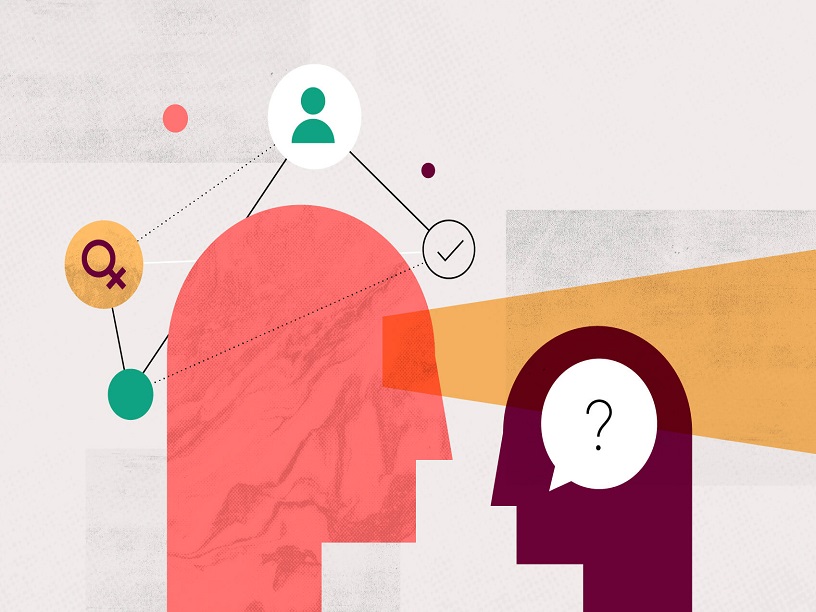How unconscious bias affects decision making
We make more decisions than we can consciously know. It’s not just things like what to have for dinner or what you’ll do on the weekend – every single thought and action is accounted for.
According to Forbes, your brain processes 11 million pieces of information every single second. To put that into perspective, by the time you finish reading this blog, your brain will have sifted through over a billion bits of information – imagine how much that will be by the end of the day!
Unconscious bias is specifically designed to help our brains make decisions. Think of your biases as a shortcut on your computer; by clicking, you automatically bypass any of the regular processes you would need to take to get to a certain site.
Our biases are formed by experiences: personal experiences, our upbringing, media representations, stereotypes, and more. Our brains use this information to make shortcuts, which it then uses when we encounter a person, group or thing. Often, this occurs without us even realising.
Unfortunately, this means that we often make decisions based on biases.
These can be both implicit positive and negative biases.
How does unconscious bias affect decision making in the workplace?
Unconscious bias is involved in every single aspect of decision making in the workplace: recruitment, management, assigning tasks, customer service, promotion, and so many more.
Even the small everyday decisions made by your employees can be informed by biases.
How to avoid unconscious bias in decision making
While it is impossible to completely eradicate unconscious bias, we can ensure that it has less impact on the decisions we make.
Below are some of the ways employees can help minimise the effect of bias.
Take it slow
By taking a pause and giving yourself time to reflect, you are less likely to make an impulsive decision based on bias.
While this may not be suitable for all decisions, the most important ones should involve some self-reflection and assessment to ensure that you are not merely acting on your biases.
Consult with others
By consulting with colleagues or collaborating with a team, you may be able to notice biases that would otherwise fly under the radar. Whether it’s explaining your thought process to others or having them point out certain blind spots, this can be an effective way to make more objective decisions.
Of course, this is only effective if your workplace consists of individuals from a variety of backgrounds. Research has proven that diverse teams make better decisions 87% of the time and perform better as well.
Focus on emotional intelligence
Employees with greater levels of emotional intelligence are able to better manage themselves and empathise with others, allowing them to assess their decision-making process and identify biases.
In general, studies have found that those with a high EQ are better at making decisions and recognising vital social cues.
Want to find out more about how you can help employees better manage their unconscious bias? Our Beating Unconscious Bias course is designed to give your teams the tools they need to confront their biases and reduce their impact on decision making.

